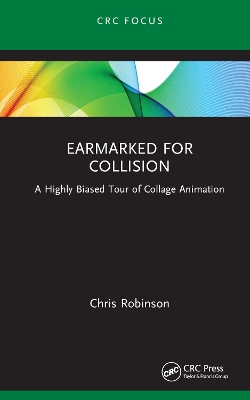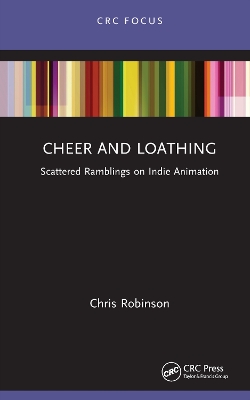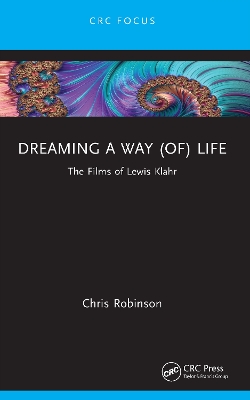Focus Animation
3 total works
Collage art and film date back to the early 20th century (the earliest collages have roots in 12th-century Japan). It was rooted in the age of consumerism where artists addressed an array of political and social issues by creating a carefully crafted collision of pre-existing images and sounds to generate new meanings and commentaries on the surrounding world.
Collage has also pushed the boundaries of animation, by incorporating other artistic forms (e.g., photography, live action, experimental cinema, literature, found sound) while exploring an array of social, cultural and political issues.
In Earmarked for Collision, award-winning writer Chris Robinson (The Animation Pimp, Mad Eyed Misfits, Unsung Heroes of Animation) takes us on a tour of the history of collage animation, cataloguing the collage works of notable artists like Larry Jordan, Harry Smith, Stan Vanderbeek, Terry Gilliam, Janie Geiser, Martha Colburn, Lewis Klahr, Run Wrake, Lei Lei, Kelly Sears, Jodie Mack, and many, many others.
One of the most acclaimed writers in animation returns with this informal sequel to his previous books on indie animation, Unsung Heroes of Animation, Animators Unearthed, and Mad Eyed Misfits.
In this collection, award-winning writer, Chris Robinson, looks at a wide range of films, topics (sex, censorship, cultural politics, programming, felt, gifs, VR, dogs) and filmmakers (Masaaki Yuasa, Xi Chen, Gil Alkabetz, Jacques Drouin, Bordo, Rosto, Joaquín Cociña, Cristóbal León, George Schwizgebel, Lizzy Hobbs, Andreas Hykade, Leah Shore, and many others).
Eclectic, brief, fiery, and opinionated, Robinson’s gonzo-tinged writing will amuse, confuse, annoy, and maybe even inspire while, hopefully introducing readers to the wonders of independently-produced animation.
Since his debut in the 1980s, Lewis Klahr has built a mesmerizing and influential body of work, establishing himself as one of the foremost collage animators—or, as he prefers, a “re-animator.” His films explore themes of identity (Altair), childhood (The Pharaoh’s Belt), sexuality (Pony Glass, Downs Are Feminine), memory (False Aging, Daylight Moon, Engram Sepals), Greek mythology (Lethe, Helen of T, 66), and capitalism (Circumstantial Pleasures). These philosophical explorations are often veiled behind the familiar veneer of mid-20th-century American pop culture—drawing inspiration from film noir, melodrama, crime films, popular music, and comic books.
Working with an eclectic mix of found imagery—including magazine ads, home movies, contact sheets, pornography, and comic books—along with layered soundscapes, Klahr’s characters drift through fragmented times and spaces, searching for connection and an elusive sense of self.
Despite the allure of vivid pop culture references, Klahr’s films resist easy interpretation. His elliptical, dream-like narratives challenge viewers, creating spaces where meaning remains fluid and unresolved. Yet this ambiguity is intentional—Klahr embraces the uncertainty between his work and its audience, inviting exploration over resolution.
In Dreaming a Way (of) Life: The Films of Lewis Klahr, award-winning writer Chris Robinson (The Animation Pimp, Unsung Heroes of Animation, Earmarked for Collision) offers the first full-length study of this prolific and influential collage animator. Through insightful analysis, Robinson unveils the depth and complexity of Klahr’s artistic vision, guiding readers into the magic and mystery of his cinematic universe.
Key Features:
- First in-depth study of the work of American collage artist, Lewis Klahr
- Mixed biography with philosophical influenced approach to the major themes of his work
- Introduction of important experimental and independent animation figure that shows readers animation beyond typical industry fare.


